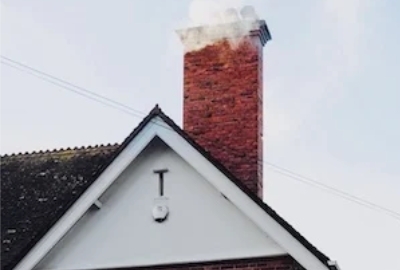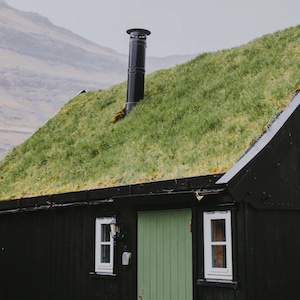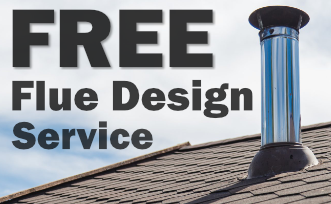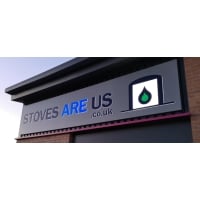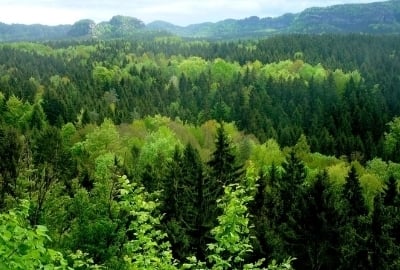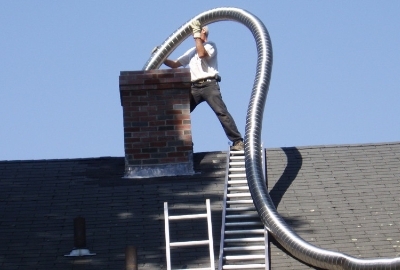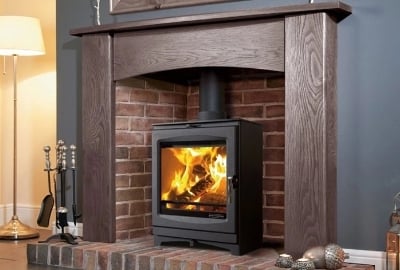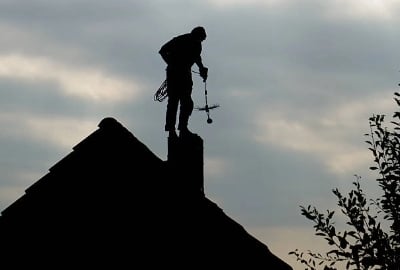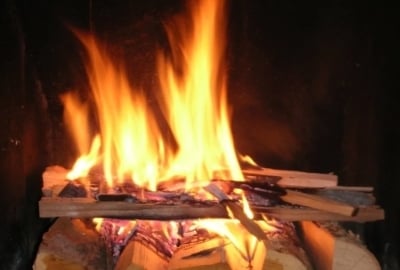When you come to buy a gas fire or wood-burning stove it is really important that you are able to determine the chimney type you have. So if you're asking yourself 'Which type of chimney do I have' you're in the right place. In this article we will try to explain which heating appliances are suitable for the different types of chimneys there are in the UK.
Remember, every home is different and we recommend a competent person carries out an installation survey before you look to buy your heating appliance. Hetas & Gas Safe installers can not only advise you on the type of product suitable for your home but can carry out the necessary installation and approvals required.
Contents
Class 1 Brick Chimney
Class 2 Prefabricated Flues
Pre-Cast Flues
Which Fires Are Suitable if I Don't Have a Chimney or Flue?
Class 1 Brick Chimney
Probably the most recognised flue type is the Class 1 brick chimney.
This flue is mainly found within older properties built earlier than 1960 and was used to facilitate an open fire. These flues often have a diameter that exceeds 7" (175mm) and they rely on the natural circulation of air to remove waste gases from the fireplace or stove.
Over time, older brick-built chimneys may not be properly sealed and may require a flue liner to be dropped down the chimney.
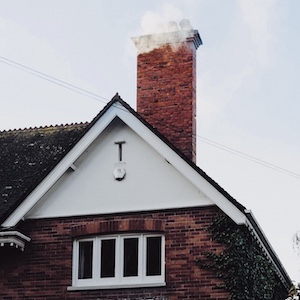
Which Fires Are Suitable for a Class 1 Brick Chimney?
As long as the existing chimney is structurally sound there are no major restrictions about the type of stove or gas fire you can install with a traditional brick chimney.
Class 1 or Class 2 gas fires, wood burners, electric fires and bio-ethanol fires are all suitable. Your fireplace opening will need to be able to accommodate each type of fire so ensure you have the correct clearances before you make your purchase.
Class 2 Prefabricated Flues
Prefabricated Class 2 flues are often found in older houses where the existing chimney has been lined with a steel flue or a newer property with a steel flue built in.
They comprise of interlocking metal flue pipes and can be easily identified by the 5” (125mm) diameter flue and a steel flue terminal or cowl.
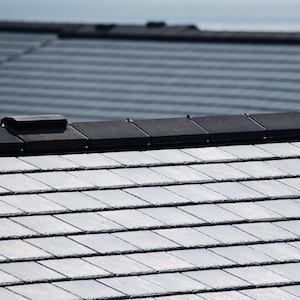
Which Fires Are Suitable for a Class 2 Prefabricated Flue?
Lots of modern houses, built after the 1960s have pre-cast concrete block flues, which can be identified by the small ridge vent on top of the roof.
Similar to Prefabricated flues, pre-cast flues are usually built into a flat wall however they are much shallower than prefabricated flues.
Class two flues are not equipped to deal with solid fuel fires. For 5-inch Prefabricated flues, you’ll need a Class 2 or Slimline gas fire.
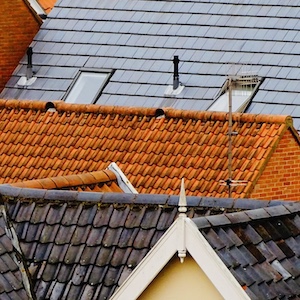
Pre-Cast Flues
Which Fires Are Suitable for a Pre-Cast Flue?
Due to being much shallower than traditional chimneys and prefabricated flues, pre-cast flues are only compatible with class 2 slimline gas fires.
You can of course install either an electric fire, flueless gas fire or bio-ethanol fire within your room as these products don’t require a chimney.
Which Fires are Suitable if I Don't Have a Chimney or Flue?
Some homes don’t have chimneys! Well, don't panic you still have plenty of options available.
Of course, you could install either a bio-ethanol or electric fire and both of these products are significant options that don't come with hefty installation costs.
Flueless Gas Fires
Flueless gas stoves and flueless inset fires predictably, do not require a flue or chimney.
They work using a built-in catalytic converter to turn carbon monoxide into harmless carbon dioxide and water vapour. These gasses are perfectly safe and are released back into your room. To install a flueless gas fire often a 100cm2 ventilation brick is required and the room size should be a minimum of 25 cubic metres.
Balanced Flue Gas Fires
Another option if your home does not have a chimney is a balanced flue gas fire or a balanced flue gas stove.
These products are usually installed against an external wall and use two flue pipes; one extracts fumes from the gas fire and the other is used to draw in fresh air from the outside for the combustion of the fire.
Wood Burning Stoves
Lots of our customers are surprised to hear that a log burner can be fitted within a home that doesn't have a brick-built chimney, you can install a twin wall flue system to accommodate the stove. Straight lengths & bends from the rigid flue system clip together and are versatile enough to be installed within a number of different situations, from your house to a shed, yurt or even a boat or even to vent a pizza oven!
If you'd like us to design your flue system, visit our handy free flue design page. Our team will expertly work out your requirements and come back to you with a fully priced and detailed parts list.

